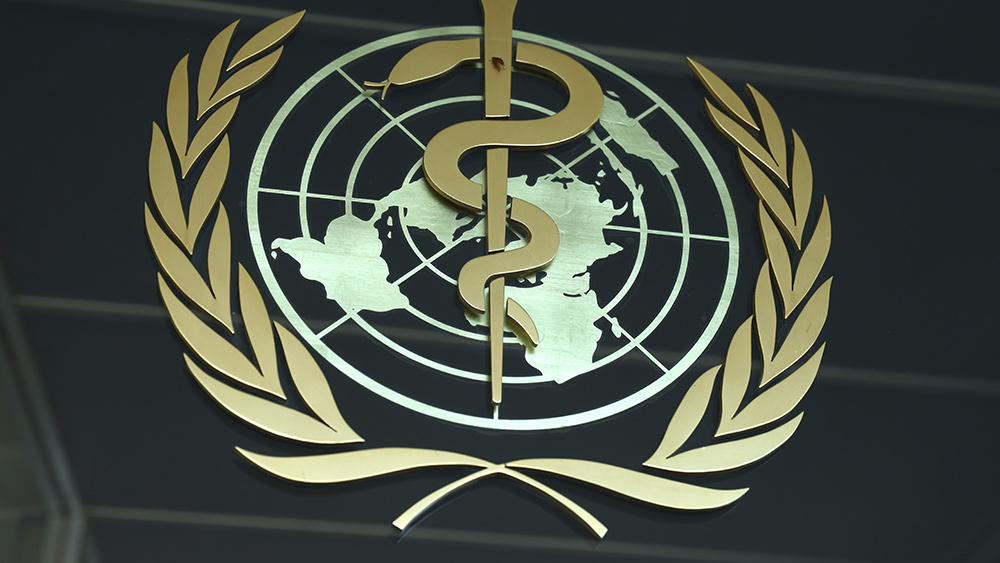
Microplastics are solid particles of plastic that are less than 5 millimeters, and they typically come from bigger plastics breaking down. We come into contact with them in numerous ways, from food and food packaging to carpeting and clothes.
Fast fashion, which has become very popular thanks to its low price tag, is one culprit as it uses plastic-based materials like polyester, spandex and nylon. Bedding, carpeting and curtains also shed microplastics – not to mention toxic chemicals – into the air in our homes, and we inhale them. They also shed microplastics into waterways after being washed. One study revealed that more than 90% of the microplastics found indoors are composed of polyester and manmade fiber, both of which are derived from plastic.
Just how much of this are we exposed to? Toxin expert Dr. Paul Savage told The Epoch Times: “A person might consume the equivalent of a credit card in plastic each week through food alone. Once ingested, these particles can degrade into nanoplastics small enough to interfere with cellular DNA, potentially leading to genetic damage and chronic health issues.”
It's a scary thought, and it’s becoming increasingly difficult to control our exposure at a time when between 10 and 40 million tons of microplastics are released into our environment every year – an amount that experts expect to double by 2040 if current trends don’t change.
Even if we managed to curb all the emissions of microplastics right now, the existing plastic debris would continue to break down into smaller particles and raise our exposure.
What are microplastics doing to us?
There are several ways microplastics can make their way into our bodies, and one of the hardest to control is the microplastics we inhale in the air. They can also be absorbed through contact with our skin. Another big source is oral ingestion, such as by consuming foods or drinks that are contaminated with microplastics. They can be found in everything from canned goods and soft drinks to salt and sugar; they’re also found in fish and shrimp. We are even exposing infants to these toxins at such a delicate time in their development via breast milk and formula.
Researchers have demonstrated numerous ways they are damaging our health. It is believed they can bypass the blood-brain barrier and enter into our brain through our nasal passage; one 2024 study revealed that the human brain contains higher concentrations of microplastics than liver and kidney samples.
They’re also making their way into our bloodstreams, with polyethylene in particular being found on a regular basis in blood samples. This popular plastic is used for everything from furniture to apparel.
Scientists found microplastics in the lungs of 11 out of 13 people studied, while another study found 21 different kinds of microplastics in samples of saliva taken from people with respiratory diseases. They have also been found in colons, livers, feces and placentas.
We still don’t know exactly what they are doing to our bodies in the long term, but we do know we can’t effectively eliminate them. They contain chemicals that disrupt our hormones and metabolism, and they can also serve as vectors carrying bacteria and viruses into our bodies. They can cause inflammation and oxidative stress that can lead to allergies, cancer, cell death and DNA damage, and they’ve been linked to a number of other diseases as well.
Unfortunately, there isn’t much we can do about the toxins already present in our homes. However, by taking note of the plastic you use every day and finding substitutes, you can reduce your exposure. For example, you can avoid polyester, plastic toys, single-use plastics and recycled plastics. Once you know where your plastic exposure is coming from, you can make some changes to try to limit it.
Sources for this article include:
Please contact us for more information.






















